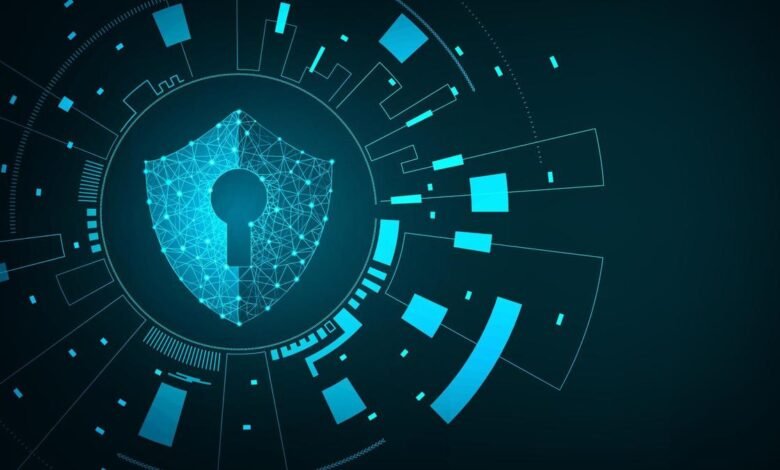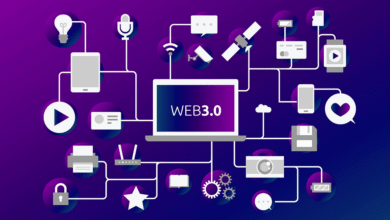
The disclosure of a major vulnerability in Apache Log4j, which can be exploited with no effort, brought the year to a chaotic close. The Colonial Pipeline was also shut down owing to a ransomware attack, and SolarWinds code was found to be tainted with malware that spread to thousands of consumers and government institutions.
As bad as it seems, things are only going to get worse. Cybercrime is becoming more profitable — as is the sophistication of the attackers, who are frequently sponsored by nations with significant resources — and the organizations that stand to lose the most are those that lack the resources or expertise to adequately protect themselves, such as small businesses, governments, and healthcare providers.
So, what can we expect in terms of cybersecurity in 2022, and what can we do to prepare?
Read More: 14 Best Ways to Make Extra Money at Home
Increased attack vectors
The growth of endpoints has created new attack vectors. Anything that communicates with a network is considered an endpoint. Laptops, tablets, smartphones, and wearable devices, as well as IoT devices such as security cameras, connected home appliances, voice assistants, and many other objects that consumers and organizations may not consider insecure, are all vulnerable endpoints. Worse, many of these rely on the same technology to provide connectivity, so a flaw might have far-reaching consequences. Attacks against IoT devices are projected to become more common as a means of gaining access to networks, mining bitcoin, or stealing data. According to Threatpost, cyberattacks against IoT devices increased by more than 100 percent in the first six months of 2021, and this trend is expected to continue in 2022.
AI-related attacks
Artificial intelligence and machine learning systems are ripe for being targeted as well as being utilized to carry out assaults. Many corporations utilize these technologies to crunch enormous amounts of data (which is the main target for most hackers), and the same capabilities that enable speech recognition, autonomous vehicles, and online commerce may also be used to rapidly scale automated cyberattacks.
Attacks on AI systems, which could include corrupting physical assets (such as drones and self-driving cars), are expected to have severe consequences. It’s also possible that such systems will be used more for political goals, such as spreading misinformation, compromising privacy, or inciting division.
Increased adoption of zero-trust architecture
“Trust but verify” is no longer an option. The network no longer stops at the office walls in today’s distributed work and cloud computing environments… it’s everywhere. The process of authenticating, authorizing, and continually validating network users before granting them access to applications and data is known as “zero trust.” A zero-trust environment is built on the foundations of strong identity management, endpoint protection, encryption, and constant monitoring.
As employees shifted to working from home and IT teams attempted to make network resources available beyond the office boundaries, the pandemic provided new chances for bad actors to gain access to networks. Organizations must move swiftly to develop access control policies, authentication, and least-privileged environments that will protect critical data assets. Adopting a zero-trust framework is a journey, and there is no single solution.
Read More: How Blockchain Can Transform the Insurance Industry
Elevation of cybersecurity to the executive level
According to an UncommonX analysis published in October 2021, 60 percent of midsize businesses had experienced a ransomware assault in the 18 months prior to publication. Even after these severe attacks, 70 percent of these firms had not prioritized cybersecurity, and only 35 percent had done a risk assessment in the previous year, according to the study. Moreover, despite the fact that phishing and ransomware attacks were on the rise, many organizations lacked a chief information security officer (CISO) or other dedicated person whose role is security/cybersecurity. As a result, IT receives the brunt of the blame, even if they lack the resources to effectively handle it.
Because it entails a risk assessment and an investment in people and technology to reduce that risk, cybersecurity is fundamentally a business choice. It should be raised to the C-suite or board level as a strategic partner for this reason alone. Cybersecurity projects should be evaluated in the same way that other investments are, with company leaders questioning if the risk to business operations, reputation, and consumer trust is worth the risk. Some organizations may be willing to take those risks, but such a choice should be made at the highest levels and backed up with adequate funding.
Guarding against insider threat
Employees are fundamentally reassessing their occupations, levels of satisfaction, and emotions towards employers, as evidenced by the Great Resignation or “great quit” of 2021. Because they already have access to sensitive data like as client lists, trade secrets, and financial information, departing employees might offer a significant risk of insider threat. If approached, they may also be more willing to sell that information or grant unwanted access to the network or premises.
Moving forward
As a result of 2021 being such a difficult year, one of the better outcomes would be to see more businesses prepare for the inevitable. Many people believe they aren’t fascinating enough to be hacked, or that their information isn’t valuable to others. They are unaware that today’s hackers are highly opportunistic: if data isn’t valuable enough to sell, it can be held for ransom because the business requires it to function. As a result, every company should be building solid prevention, detection, and response plans.


![How to Download Instagram Reels Audio as MP3 [2023]](https://www.techknowmad.com/wp-content/uploads/2023/03/PhoXo3-8-390x220.png)








![How to FaceTime Android and PC Users [2023]](https://www.techknowmad.com/wp-content/uploads/2023/03/PhoXo4-17-390x220.png)
2 Comments